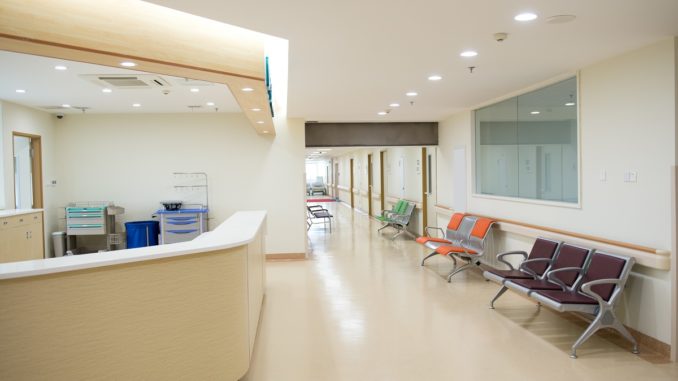
The pandemic put the healthcare industry under the limelight when it started over a year ago. The situation highlighted the importance of the industry to ensure everyone stays healthy. But the pandemic also had a considerable economic impact on healthcare facilities.
Hospitals and healthcare facilities in the US will lose over $200 billion in revenue due to the pandemic. These losses were due to the unforeseen acquisition of personnel protective equipment (PPE), cancellation of elective procedures, and upgrading their facilities to deal with the virus.
Even as the situation has improved, the storm is not yet over since a surge in cases is happening with the emergence of new variants of the virus. With this, healthcare facilities may want to consider enhancing the efficiency of their staff and systems.
Increasing Efficiency Through Technology
Information technology (IT) helped a lot of industries improve their productivity. With this, medical administrators should look into implementing healthcare IT integration to facilitate technology to improve efficiency. Developments in IT can help the healthcare industry face the continuing challenge posed by the pandemic.
Healthcare facilities can also use artificial intelligence (AI) by reducing the workload of staff who have to deal with more virus cases. They can integrate AI into the administrative aspect of the facility, or the administrators can use it to predict the health trajectory of patients.
This will allow the workers to focus on other jobs in the facility. While there may be some obstacles to fully using the technology, collaboration among the stakeholders and policymakers can deal with these obstacles so healthcare facilities can benefit from integrating AI into their systems.
Administrators can also use AI applications to facilitate remote monitoring of patients under home-based care. These patients can use wearable healthcare technology that connects them with the system. The AI alerts healthcare professionals in case there’s a significant change in the patient’s health.

Evaluating Current Workflows
Healthcare administrators can also check on the current workflows that they use in the facility. They can look into using tech tools designed to facilitate workflow and remove redundancies in the system. Some of these tools may cause processes to overlap and slow down efficiency.
For instance, electronic medical records or EMRs are supposed to allow quick updating of the patient records, provide doctors access to these records, allow reliable prescribing of medication, and improve patient interaction. However, a survey conducted on the use of EMRs shows that most physicians consider the tool a source of burnout as they spend more than 60 percent of their time using the EMR instead of taking care of their patients.
Current EMR systems require physicians to input a lot of data. Some of the systems are not even connected to a central server, which forces physicians to access different systems to access the patient information they need. In this situation, administrators should review EMRs and either improve the system or find an alternative to help improve efficiency at work.
Monitor Staffing and Communicate
Continuous monitoring of staffing needs and making the necessary corrections in real-time can improve work efficiency in a healthcare facility. One way to implement this is through the proper use of staffing data in every shift.
Checking the data during every shift allows the administrator to ensure the shift changes go on without any issues. It can also improve morale in the team since the staff will see that they are credited for all the hours that they worked at the facility, including their overtime. It may even prevent issues about pay and working hours in the future.
Additionally, administrators should also communicate with the staff on potential issues in the facility. While efficient staffing of the facility can help reduce staff members per shift, administrators should pay attention to instances when someone cannot come into work. In these situations, they should already have someone on standby to come in to replace the absent staff member. With this, the hospital will have enough people manning the posts based on the patient volume.
The administrator should educate the staff about patient volumes and the number of people required for each shift. Understanding the situation will likely reduce tension when the administrator asks them to fill in for someone absent. It also helps remind the staff about the facility’s mission to take care of their patients, especially during a pandemic.
Efficiency within a healthcare facility is important since the staff is tasked with taking care of patients and nursing them back to health.
